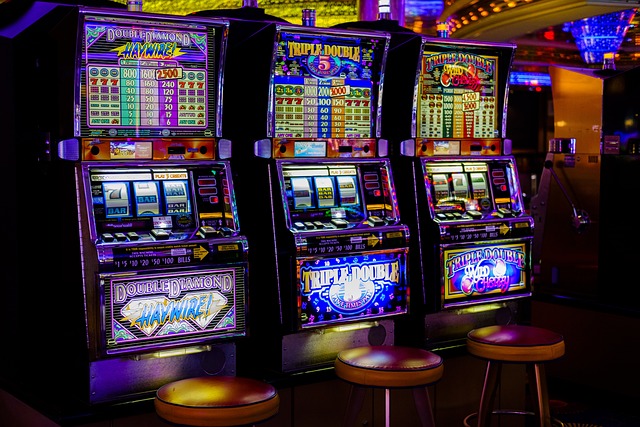Exploring Casino Architecture: How Design Affects the Gaming Experience
Casinos are more than just places to gamble; they are immersive environments carefully crafted to captivate the senses and create an unforgettable experience. Casino architecture plays a pivotal role in shaping this experience, influencing everything from the layout and lighting to the choice of colors and materials. Although not all of them are as perfect as HellSpin casino. In this article, we will delve into the world of casino architecture to understand how design affects the gaming experience.
The Power of Design
Casino architecture is a multifaceted discipline that combines elements of interior design, psychology, and entertainment to create an environment that keeps visitors engaged, relaxed, and eager to spend their time and money. Successful casino design is not accidental but rather a result of meticulous planning and a deep understanding of human behavior.
Layout and Flow
One of the most crucial aspects of casino architecture is the layout. Casinos are often vast spaces, and the way they are organized can significantly impact the gaming experience. The layout should be intuitive, guiding players through the casino while exposing them to as many games and amenities as possible.
Most casinos are designed with a central gaming floor, surrounded by various amenities such as restaurants, bars, and entertainment venues. This layout encourages players to explore other offerings, even if they initially came solely to gamble.
Additionally, the arrangement of games within the gaming floor is strategic. Slot machines and table games are strategically placed to create traffic flow, ensuring that players pass by a variety of games on their way to their destination.
Lighting

Lighting is another crucial element in casino design. Casinos often use a combination of ambient, task, and accent lighting to create a visually appealing and exciting atmosphere. Soft, warm lighting is commonly used in gaming areas to create a cozy and inviting ambiance, while brighter lights are used around slot machines to draw attention to them.
The use of flashing lights and neon signs in slot machine areas creates a sense of excitement and anticipation. This lighting design is meant to stimulate the senses and keep players engaged in the games.
Color Psychology
Color plays a vital role in shaping the casino experience. Different colors evoke various emotions and moods, and casinos leverage this knowledge to influence players’ behavior. For example:
- Red is associated with energy and excitement, making it a common choice for slot machine areas.
- Blue and green are calming colors used in dining and relaxation areas to encourage visitors to take a break from gambling.
- Gold and black are often used in high-limit gaming areas to create an aura of luxury and exclusivity.
- Soundscapes
Sound is another critical component in casino architecture. The constant hum of activity, the clinking of coins, and the jingles of slot machines all contribute to the overall atmosphere. Casinos often employ carefully curated soundscapes that include background music, ambient noise, and even the occasional burst of cheers from winners.
These soundscapes are designed to create a sense of excitement and energy, making players feel like they are part of a dynamic and thriving environment. However, it’s essential to strike a balance, as excessive noise can be overwhelming and drive customers away.
Comfort and Amenities

While the primary goal of casinos is to encourage gambling, they also strive to provide a comfortable and enjoyable experience for visitors. Casino architecture incorporates various amenities such as restaurants, bars, spas, and entertainment venues to cater to a wide range of interests.
Comfortable seating, well-designed restrooms, and easy access to refreshments are essential to keep players relaxed and engaged. The more comfortable visitors feel, the longer they are likely to stay and continue gaming.
Theming and Storytelling
Many casinos incorporate themes and storytelling into their architecture to create a unique and immersive experience. For example, the Venetian Resort in Las Vegas recreates the ambiance of Venice, complete with gondolas and a replica of St. Mark’s Square.
These thematic elements transport visitors to different worlds, enhancing their overall experience and making it more memorable. Themes can range from historical eras and exotic locations to fantasy worlds and pop culture references.
